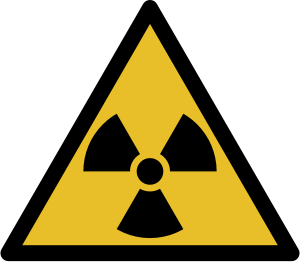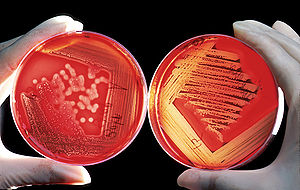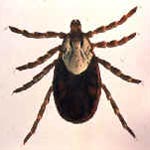In a word: NO.

Image via Wikipedia
In light of the recent Japanese nuclear disaster, the American Medical Association has issued a special report on Disaster Medicine and Public Health Preparedness. Ordinarily this publication would be reserved for dues-paying AMA members, but the association decided to make free access available online.
The editorial introduction summarizes that:
“45% of states do not have a radiation plan, and for other measures (planning, resources, partnerships) as many as 85% of states reported an insufficient capability to respond to a radiation incident.”
(Yikes! I would have hoped the numbers would be more encouraging!)
The authors go on to say:
“At the core of this issue is the dilemma of scarcity, one that cuts across all large-scale disasters and public health emergencies: scarcity in medical and public health personnel, scarcity in health care facilities, and scarcity in medical therapeutics and countermeasures. The mismatch between medical resources and medical need in the first days after the detonation of a nuclear device in a US city would be severe.”
Now actually, this would have been my impression. Although our local hospitals do periodic disaster drills, I’ve never known one to involve more than a hundred potential patients at best. If even 1% of our local population were affected, they’d be entirely overwhelmed.
One problem with radiation disasters is the need for a change in triage, which the article suggests could increased number of lives saved 3-fold. Rather than treat the sickest first (that is, those with the greatest radiation exposure or additional trauma), those with moderate exposure and without additional trauma should be treated first, with an eye to saving the most lives, based on odds of survival.
A big problem with this is that it’s difficult to quantify an individual’s radiation exposure. At this time, “rapid biodosimetry devices do not exist.” Estimates of exposure must be based on location and proximity to detonation.
What was learned after the air burst bombings at Hiroshima and Nagasaki? The article states that “fewer than 1000 excess deaths due to leukemia and solid tumors have been attributed to the atomic bombings.” But of course, air bursts maximize blast and thermal effects (with relatively little fallout), killing many of those exposed in a short time. Most long-term survivors of the attacks had relatively low radiation exposure. In a ground blast, however, fallout would be extensive and long-term side-effects a prolonged concern.
The editorial concludes by saying, “As in so many challenging issues, gaps remain at the local community level.”
Yet the local community is where we live and breathe, is it not? And 45 of 50 states are without a plan! If you’ve started preparing at all you’re apparently ahead of your local government.
In future posts I’ll go on to review some of the articles included in this report. For those brave of heart, read them yourself here:
Disaster Medicine and Public Health Preparedness












